
Mammography is a screening method designed primarily for detecting breast even two years before any actual palpable changes appear. Basically, the mammography screening process is carried out by emitting a low energy X-ray beam through the breast tissue, creating very detailed and high definition images. If any anomalies are present in the breast tissue, mammography will show them clearly.
Due to the fact that women over 40 are quite prone to developing breast cancer, they are advised to undergo mammography on a regular basis, at least once every year. Additionally, this form of screening can be used to determine which part of the breast tissue should be exposed to biopsy. Therefore, mammography is both a diagnostic and a screening tool.
Advancing Mammography Imaging Technology
Even though the traditional and most widely used type of mammography involves creating images through a process similar to X-ray scanning, using a film in order to obtain the image, there are many new advancement which aim to improve and better this process.
For example, one of the most advanced mammography in the world is the GE Senographe 2000D Digital Machine. This device does not create images on a film. Rather, it sends them to a computer immediately, allowing doctors and other health experts to observe the results of scanning in high detail and zoom on various parts of the image. Moreover, the images created by this device can be further enhanced and adjusted while needing much less radiation emission in order to be obtained. Finally, the images are stored and kept safe for future comparison on the hard drive of the computer.
Alternatively, another device holding promise is the GE Senographe DMR. This device emits a bit more radiation than most of its counterparts. Yet, for the sake of this, it offers images which are of maximum quality, being a factor extremely valuable to women with larger breasts of breast with more fatty tissue. Here, however, the imaging technology remained fairly basic, using the film method.
Taking into consideration the fact that most forms of breast cancer are curable when caught early, mammography is an incredibly useful device which can save countless lives. Thus, as soon as you notice any strange lumps in your breast tissue, contact your doctor and undergo mammography imaging. Also, if you are older than 35 or 40, make mammography screening an annual routine.
Statistics May Show Different Results
According to various researches and surveys carried out recently, many women who undergo modern forms of mammography risk being diagnosed with breast cancer even though they actually are not suffering from this condition.
In fact, the study encompassed about 1.6 million mammograms from 90 different radiology facilities in 7 different states over the course of 1998 to 2006. The main fear that this survey expressed is related to CAD, or computer-aided detection. Namely, the computers used for interpreting mammogram images are quite often prone to being wrong.
As for all other types of mammograms, these are not perfect either, due to the fact that they lead to misdiagnosis in 20% of cases, failing to detect breast cancer when it is actually present.
Additionally, a 2010 analysis that Medicare carried out, showed that most CAD mammograms do provide clearer images than other variants, but they fail to detect invasive breast cancers just as much as regular mammography methods do.
Moreover, the same analysis revealed that health facilities which upgraded their mammography to CAD experienced a drop in accurate diagnosis from 4.3% to 3.6%. Also, the rate of false positives has increased since CAD have become a standard.
Yet, many experts doubt that the above mentioned researches really are precise enough, due to the fact that health experts may have used the CAD wrongly, being in a process of adjusting to the new technology.
On the other hand, if CAD mammograms really do not offer additional help or cause harm to women who use them, we might be exposing ourselves to dangerous radiation for nothing.
Still, we need to bear in mind that there are many different types of mammography used around the world. Thus, some of these may be better than others and we might still need to learn how to interpret and use these correctly, taking the most out of their potential. After all, mammography has saved countless lives in the past, detecting breast cancer timely and we should not give up on it.
To sum up, mammography is a process of obtaining images of the breast tissue, allowing health experts to track potential breast cancer up to 2 years before it becomes physically palpable. This form of screening involves exposing the breast tissue to low-energy radiation in order to produce images, either on a film or on a screen of a computer, depending on the mammography technology. Some people, including experts doubt that the technological breakthroughs in the field of mammography are actually improving the screening capabilities of these devices.
Nevertheless, mammography remains the best possible way of early breast cancer detection.


_f_280x120.jpg)
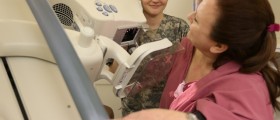
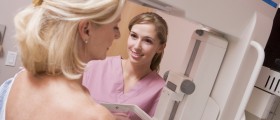

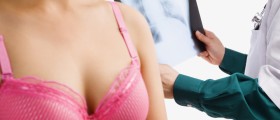
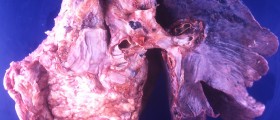

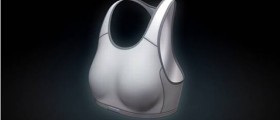
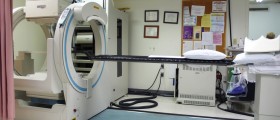
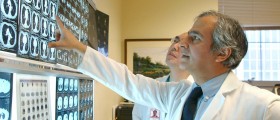



_f_280x120.jpg)
Your thoughts on this
Loading...